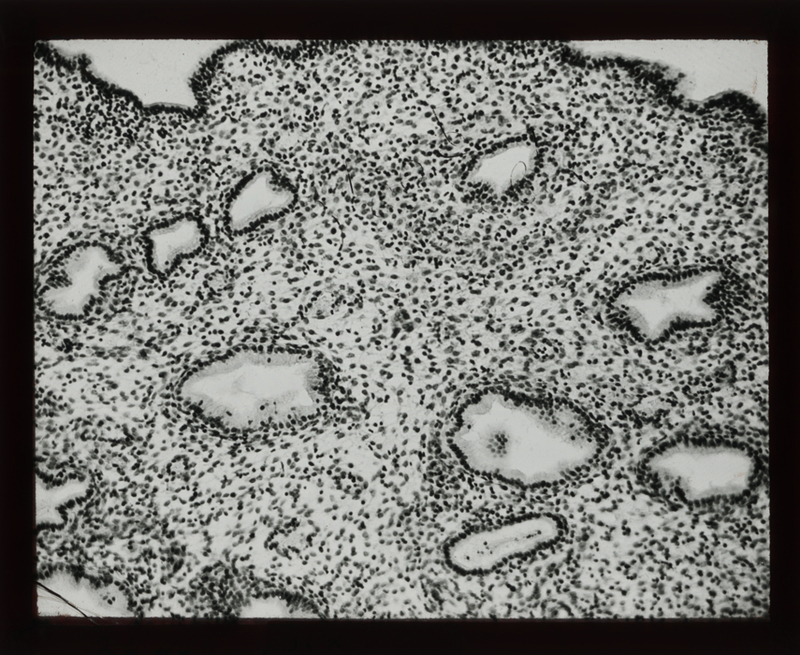Introduction
In the early part of the 20th century, government agencies, private foundations, and church organizations were actively addressing issues relating to human population, sex, and birth control. Perhaps the most visible advocate for birth control was Margaret Sanger, who entered the fray from a social and political perspective. She became more amenable to the medicalization of birth control later in her career. Robert L. Dickinson, M.D., founder of the National Committee on Maternal Health, vocalized the need for scientific research in human reproduction and better birth control methods. The Comstock Laws, introduced in 1873 outlawing the dissemination of birth control information and devices, became Sanger and Dickinson’s greatest challenge. Sanger met Katherine McCormick in the early 1920’s and the two shared the dream of creating a more effective contraceptive. Sanger had the necessary connections, while McCormick provided the necessary financial backing. Sanger heard of Gregory Pincus’ work using female hormones to inhibit ovulation in rabbits. With funding from McCormick, Pincus contacted John C. Rock to begin work on developing an oral contraceptive.
Rock was well known for infertility research and his understanding of the female reproductive system. Rock had already used the female hormones, estrogen and progesterone, to treat infertile women by “resting” their systems. These hormones had been synthesized by Carl Djerassi (Syntex Co.) and Frank Colton (Searle Co.) years before. Clinical trials were constructed first in Puerto Rico and then in Haiti. As the pill moved closer to the Food and Drug Administration’s approval, more trials were started by Clarence J. Gamble to meet the FDA’s strict requirements. The pill Enovid, produced by the Searle Co., was finally approved in 1957 for menstruation disorders, and in 1960 for contraceptive use.

